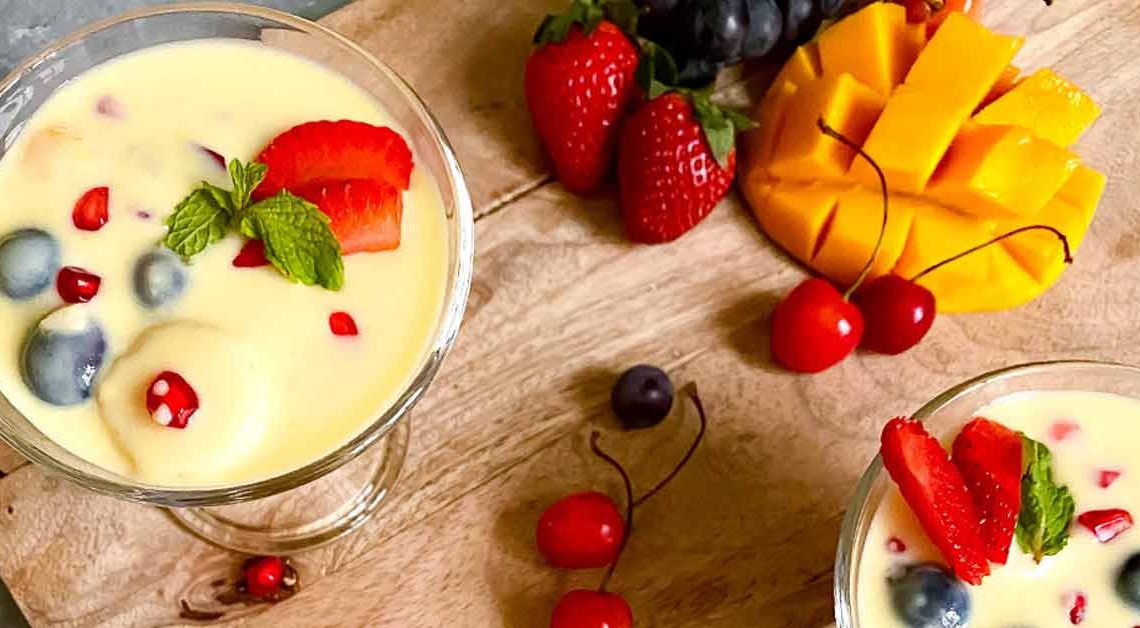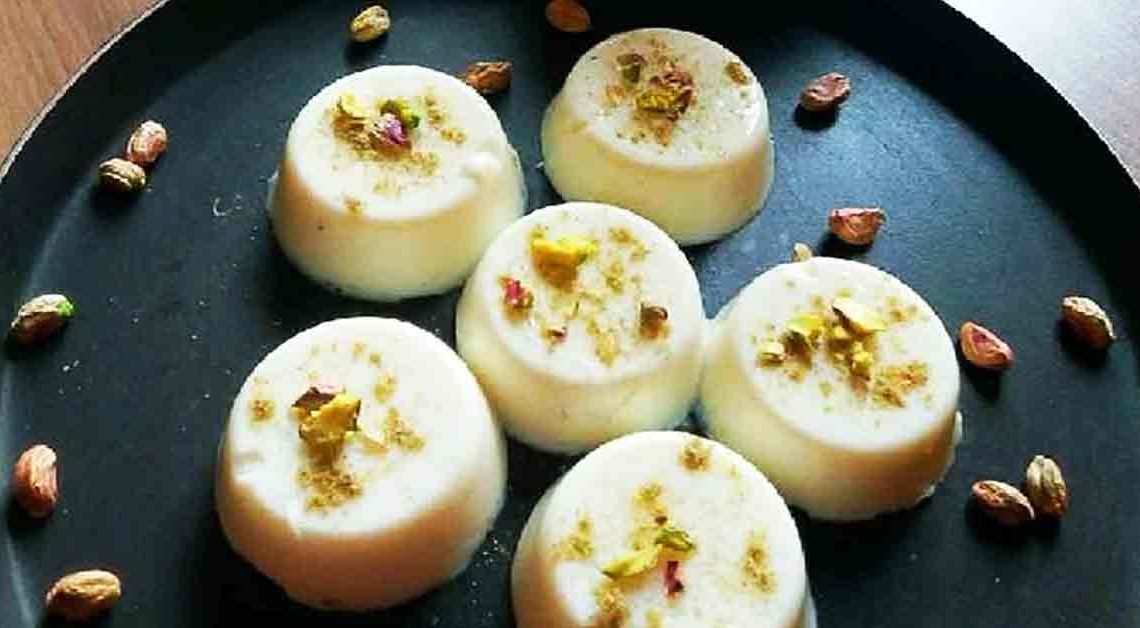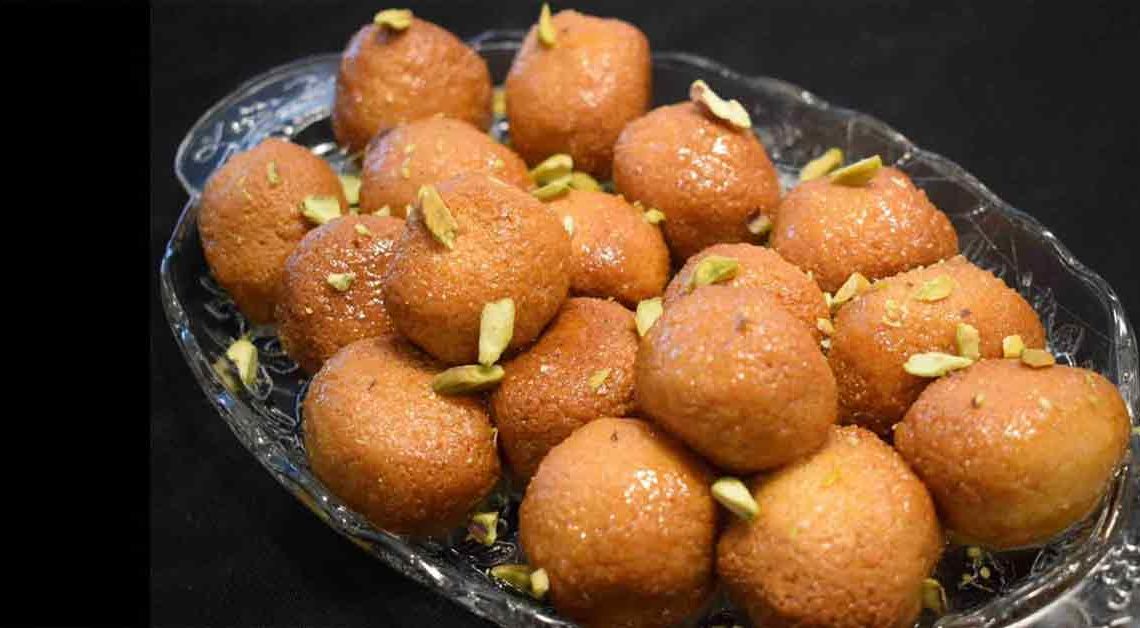Art of Fruitful Fusion: Fruit Custard

Welcome to the delightful world of Mithainama! Get ready to embark on a tantalizing journey through a symphony of flavors and textures, where the sweetness of ripe fruits meets the luscious creaminess of custard. This food blog is your ultimate destination for all things fruit custard – from classic recipes to innovative twists that will make your taste buds dance with joy.
Indulge in a medley of colors as we explore the vast array of seasonal fruits that perfectly complement the velvety custard base. From succulent strawberries to juicy mangoes, from tangy kiwis to tropical pineapples – each fruit brings its own personality to this timeless dessert, promising a burst of freshness with every spoonful.
So, if you have a sweet tooth or simply crave a touch of fruity goodness in your life, fasten your seatbelts, and let’s dive into the world of custard together. Get ready to savor, share, and celebrate the magic of this delightful dessert that never goes out of style. Let’s make every meal a celebration of flavors and every day a fruit-filled fiesta!
Origin of Fruit Custard
Fruit custard’s origins can be traced back to European culinary traditions, particularly in France and England during the 17th and 18th centuries. Custard itself, made from eggs, milk or cream, sugar, and sometimes flavored with vanilla, has been a popular dessert since ancient times.
As explorers and traders traveled the world, they brought back various exotic fruits to Europe. These fruits, such as mangoes, pineapples, and bananas, were then integrated into traditional custard recipes to create a delightful and refreshing dessert.
Over time, it gained popularity and spread to different parts of the world through colonization and cultural exchanges. In India, for instance, it became a beloved dessert during the British colonial era, and it was adapted to include locally available fruits like mangoes, bananas, and apples.
History of Fruit Custard
The history can be traced back to ancient times, where the concept of custard as a dessert was prevalent in various cultures. Custard, a creamy mixture made from eggs, milk or cream, and sugar, has been enjoyed for centuries in different forms and flavors.
In Europe during the Middle Ages, custards were common dishes, often flavored with spices like saffron or sweetened with honey. The term “custard” is believed to have derived from the French word “croustade,” which referred to a crust or pie shell used to hold the custard mixture.
As European explorers and traders began to travel the world, they encountered a wide variety of new and exotic fruits in distant lands. These fruits, such as pineapples from the Americas, mangoes from Asia, and passion fruit from South America, were eagerly brought back to Europe and became symbols of luxury and wealth.
Cultural Significance
The cultural significance of fruit custard lies in its ability to symbolize the fusion of diverse culinary traditions and its association with celebrations and indulgence. Here are some aspects of its cultural significance:
Culinary Fusion: It exemplifies the blending of culinary traditions from different parts of the world. It showcases how ingredients and techniques from various cultures can come together to create a harmonious and delightful dish.
Festive Celebrations: It is often associated with special occasions and celebrations. It is a popular choice for festive meals, family gatherings, and parties, making it a symbol of joy and togetherness.
Seasonal Adaptations: The cultural significance also lies in its adaptability to different seasons and regions. In various parts of the world, the choice of fruits used in custard varies based on what is locally available and in season.
Where is Fruit Custard Famous?
Fruit custard is famous and widely enjoyed in various parts of the world. Its popularity extends to several countries and regions, each embracing their unique take on this delightful dessert. Some of the places where fruit custard is particularly famous include:
India: It is a beloved dessert in India and is commonly served in households, restaurants, and during festivals and celebrations. Indian fruit custard often features a variety of tropical fruits like mangoes, bananas, apples, pomegranates, and grapes, mixed with custard and sometimes topped with nuts and cherries.
United Kingdom: It is a classic British dessert, often referred to as “fruit salad and custard.” It is commonly served in schools, homes, and traditional British restaurants. The custard is typically poured over a medley of fruits, which may include strawberries, peaches, apricots, and other seasonal offerings.
France: France has its version of custard-based desserts, such as “crème anglaise,” which is similar to custard and is used as a base for various fruit-based desserts. French cuisine often incorporates fruit custard into tarts, pastries, and other delectable creations.
Interesting Facts and Trivia
Whether you prefer it with tropical fruits, seasonal berries, or exotic varieties, fruit custard’s deliciousness and cultural significance continue to make it a cherished dessert worldwide.
- The term “custard” is derived from the French word “croustade,” meaning “crust” or “pie shell,” which was used to refer to the container that held the custard mixture.
- Custard as a dessert dates back to ancient Roman times. The Romans would make a dish called “patina,” which was a sweet custard flavored with honey and spices.
- In the 16th century, custard became a favorite dessert of King Henry VIII of England. He was known to enjoy custard flavored with saffron, which gave it a distinct golden hue.
- The British brought custard to India during the colonial era, where it blended with local flavors and ingredients, giving rise to the beloved Indian custard we know today.
- It is not only delicious but can also be a nutritious dessert. The combination of fresh fruits and dairy in custard provides essential vitamins, minerals, and fiber.
Did You Know?
Did you know that fruit custard, besides being a delightful dessert, offers numerous health benefits when consumed in moderation?
- It provides a wholesome dose of essential vitamins and minerals from fresh fruits like vitamin C from citrus fruits, vitamin A from mangoes, and potassium from bananas.
- The combination of custard and fruits delivers a range of antioxidants, which help combat oxidative stress and promote overall well-being.
- Many fruits used in custard, such as papaya and kiwi, contain enzymes that aid digestion, making it a gentle and enjoyable way to support a healthy digestive system.
- Custard made with milk or dairy alternatives contributes to your calcium intake, supporting strong bones and teeth.
- The natural sugars in custard provide a quick and easily digestible energy source, making it a great pick-me-up when you need a sweet treat.







